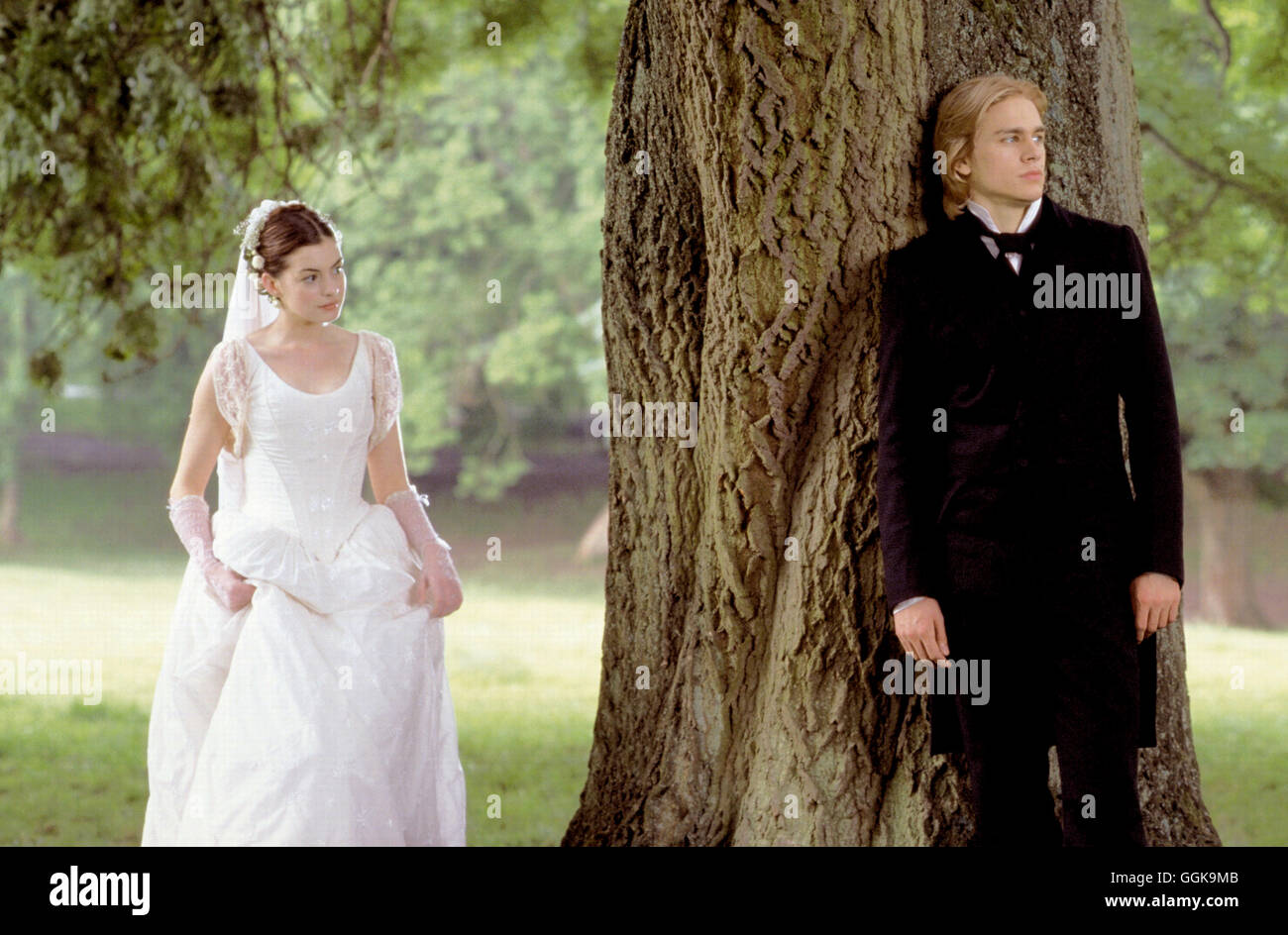
Esther Summerson is yet a third persuaded of her worthlessness because of her illegitimacy, she must learn a sense of self-worth before she can marry Allan Woodstone. Amy Dorrit is another she must grow up and then willfully become as a child again for the benefit of Arthur Clennam, who needs to be convinced of his worth. Florence Dombey is such a one only by fleeing her father’s household and establishing a family of her own can she achieve perspective. Some, however, must go through the reverse process of acquiring self-assertiveness. Later, however, Dombey is thawed by his daughter Florence’s love Eugene Wrayburn, the blasé lawyer, is humanized by Lizzie Hexam and Bella Wilfer gives up self-seeking for John Rokesmith. Brownlow, Tom Pinch, Nicholas Nickleby, and even Pickwick represent compassionate but stereotyped models. The miser Harmon disposes of Bella Wilfer in Our Mutual Friend as if she were a property to be willed away the convict Jaggers creates a “gentleman” out of Pip in Great Expectations both Carker and Dombey see Edith as a valuable objet d’art in Dombey and Son.ĭickens’s later heroes and heroines are characterized by their movement toward self-actualization. Perhaps that is why things become animate in a world in which human traits are undervalued, objects achieve a life and controlling power of their own. While Dickens’s villains grow more complex as his writing matures, most share an overriding egotism that causes them to treat people as things. Providing characters with distinguishing traits is, of course, a dramatic device (to see red hair and a handkerchief is to be reminded of Fagin, and knitting, of Mme DeFarge) more important, however, such traits carry a moral resonance. ’Arris Flora Finching, the parodic reincarnation of a stout, garrulous Maria Beadnell in Little Dorrit and Turveydrop, the antediluvian dandy in Bleak House. Many of Charles Dickens’s most memorable characters are those whose language or personality traits are superbly comic: Sairey Gamp, the bibulous nurse in Martin Chuzzlewit, with her constant reference to the fictitious Mrs.

The “Dickens World,” as Humphrey House calls it, is one of sharp moral contrast, a world in which the selfseeking- imprisoned in their egotism-rub shoulders with the altruistic, freed from the demands of self by concern for others a world in which the individual achieves selfhood by creating a “home” whose virtues of honesty and compassion are proof against the dehumanizing “System” a world in which all things are animate and where, indeed, metaphors for moral perversity take on lives of their own, like the miasma of evil that hangs above the houses in Dombey and Son.


 0 kommentar(er)
0 kommentar(er)
